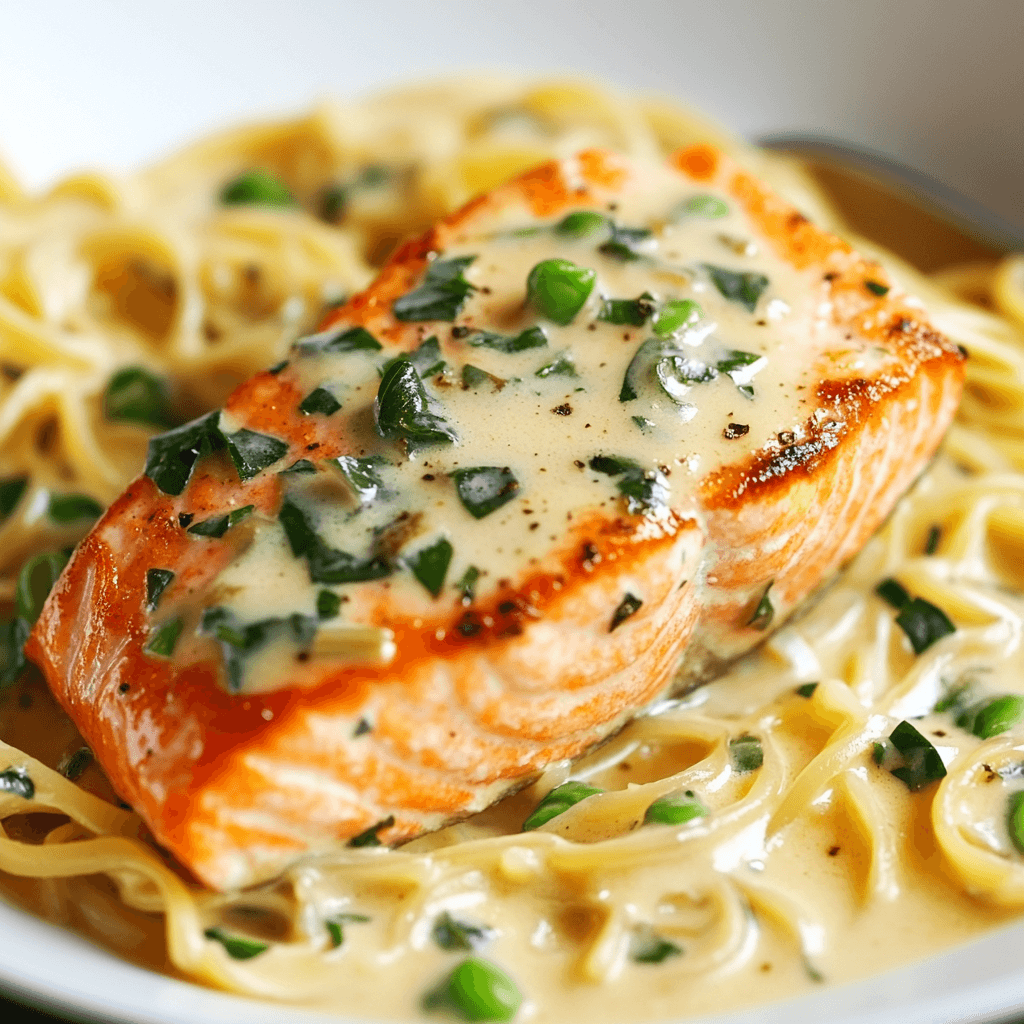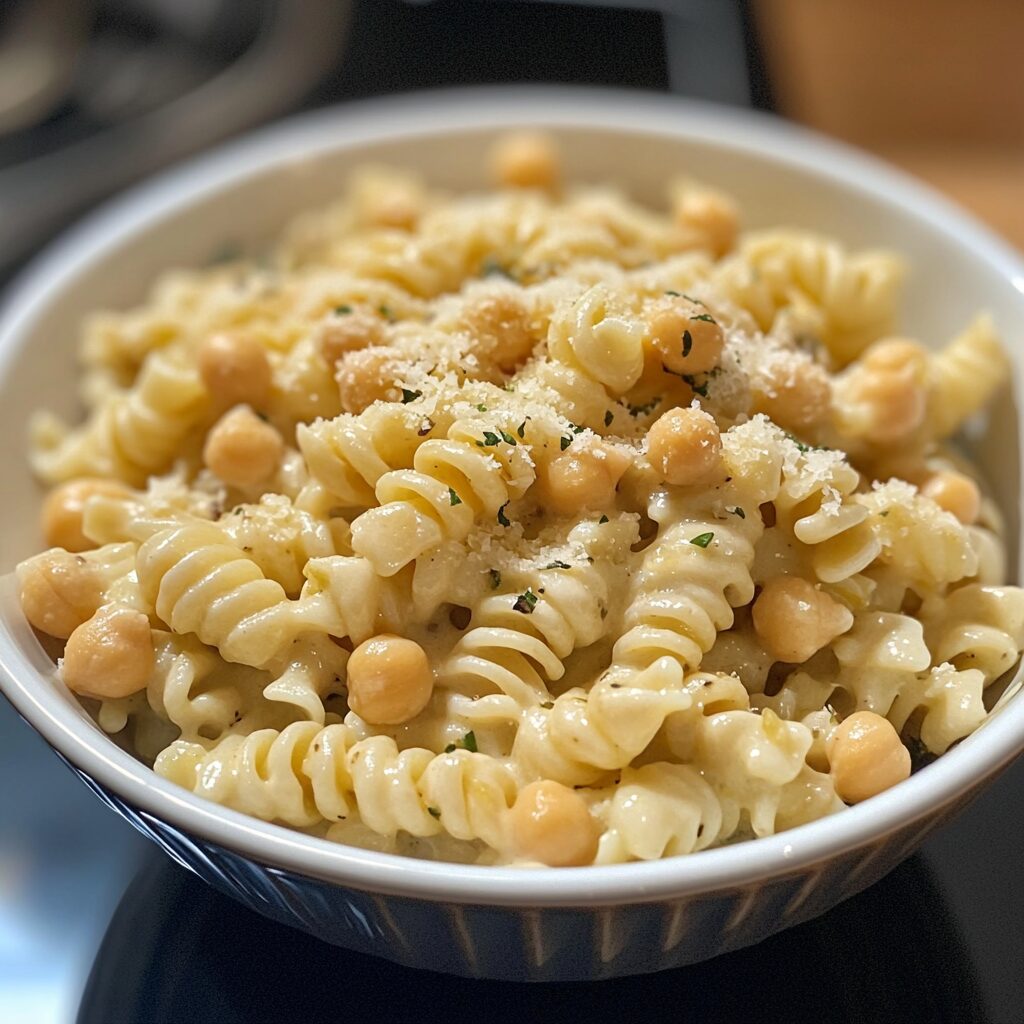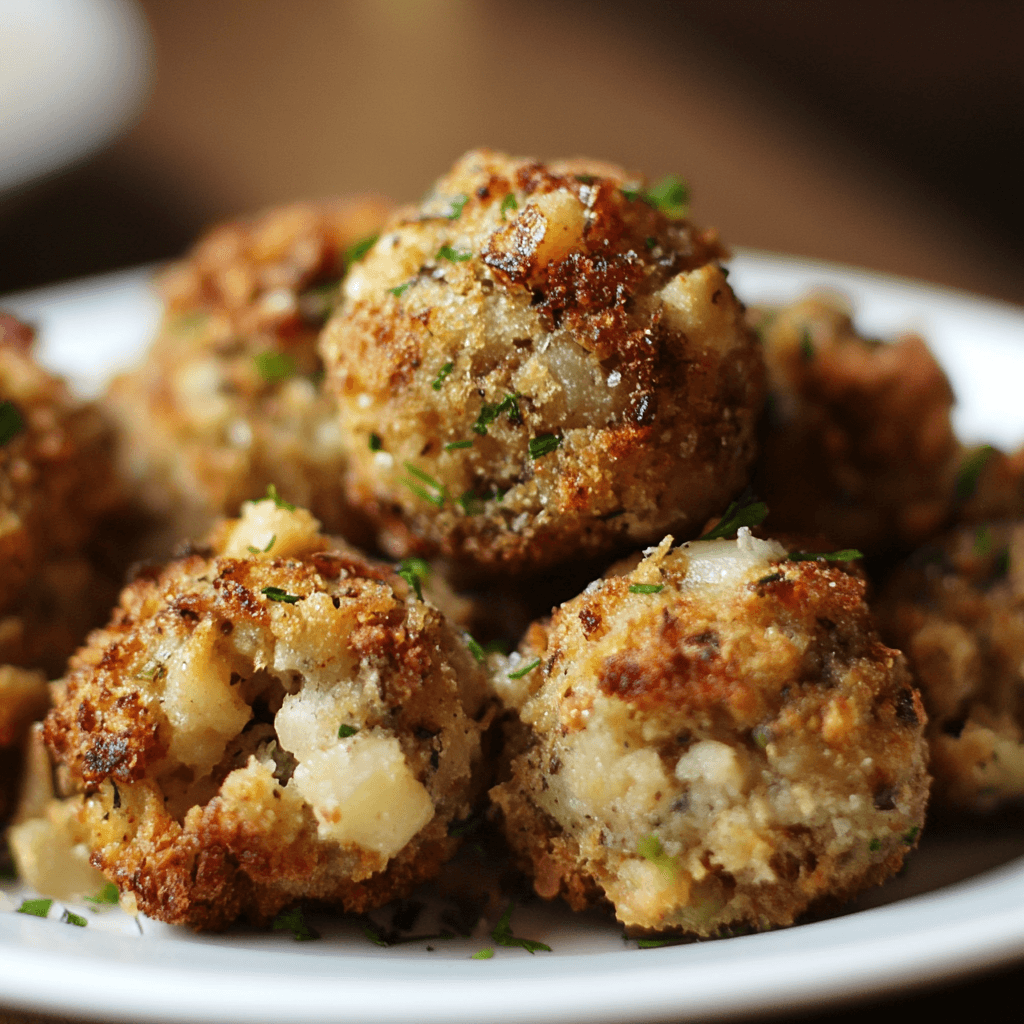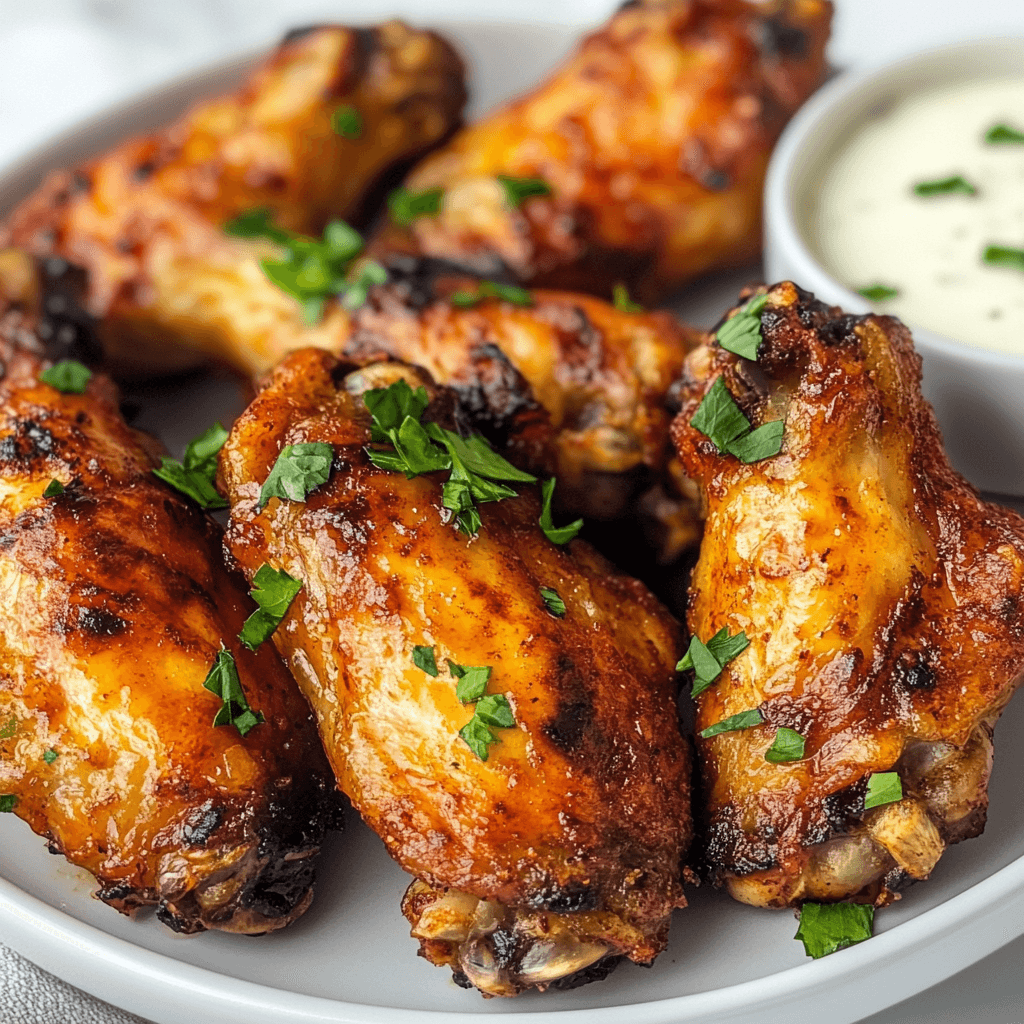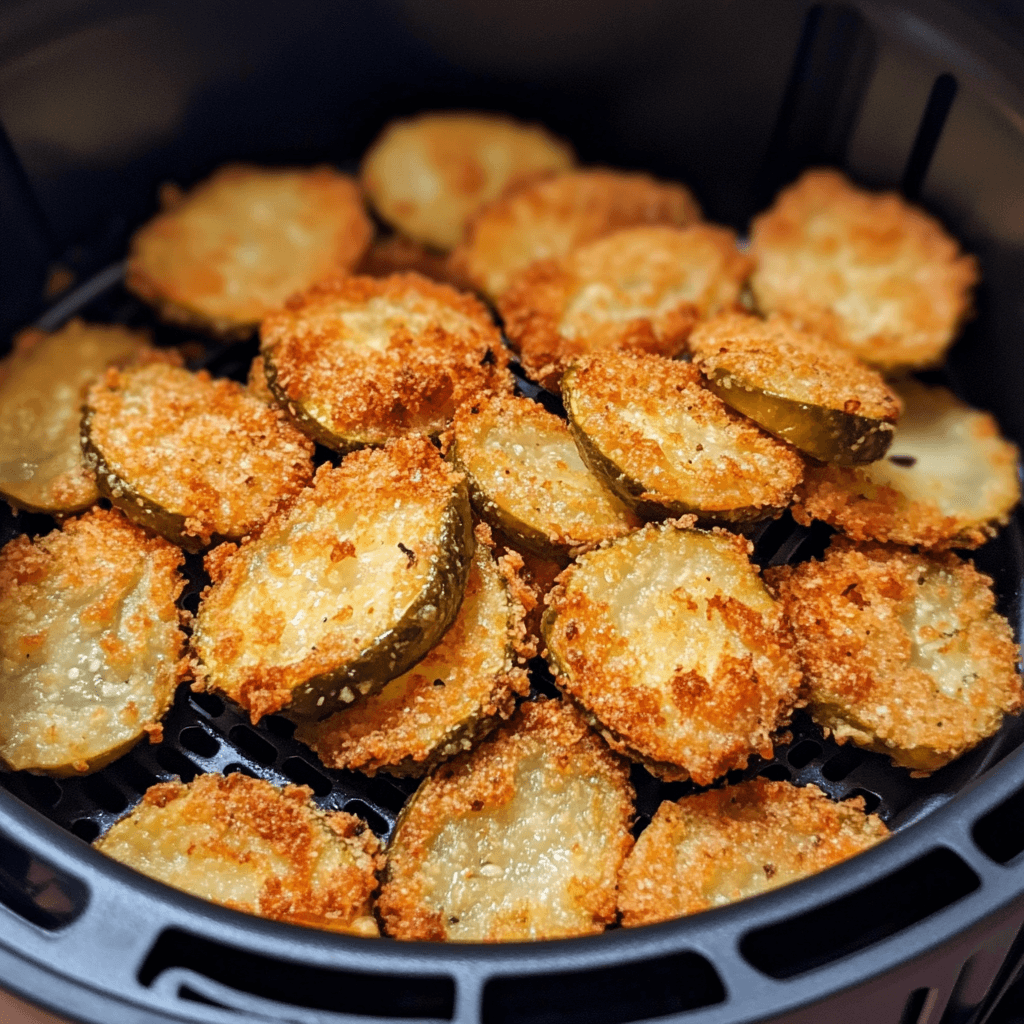“I’ve been cooking salmon piccata for years, and it’s still one of my go-to dishes for special occasions. The combination of flavors is just right – not too heavy, not too light.” – Chef Maria, The Gourmet Kitchen
Understanding Salmon Piccata
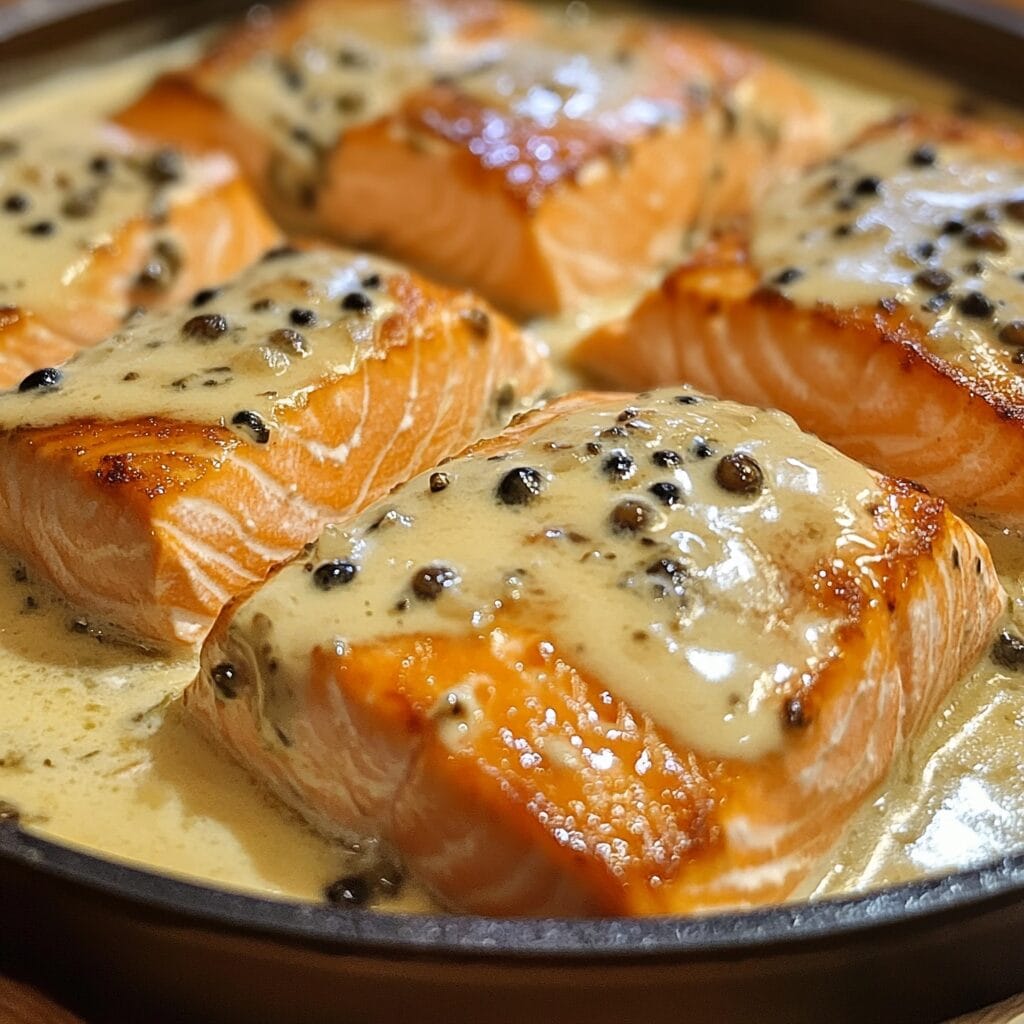
The Origins of Piccata
What Does Piccata Mean?
| Ingredients | Quantities |
|---|---|
| Salmon fillets | 4 |
| All-purpose flour | 1 cup |
| Butter | 2 tablespoons |
| Olive oil | 1 tablespoon |
| Garlic | 2 cloves |
| Capers | 1/4 cup |
| Fresh parsley | 1/4 cup |
| Lemon juice | 2 tablespoons |
| White wine | 1/2 cup |
| Heavy cream | 1/2 cup |
| Nutrient | Value |
|---|---|
| Calories | 320 |
| Protein | 35g |
| Fat | 18g |
| Saturated fat | 8g |
| Cholesterol | 60mg |
| Sodium | 250mg |
Breaking Down the Ingredients
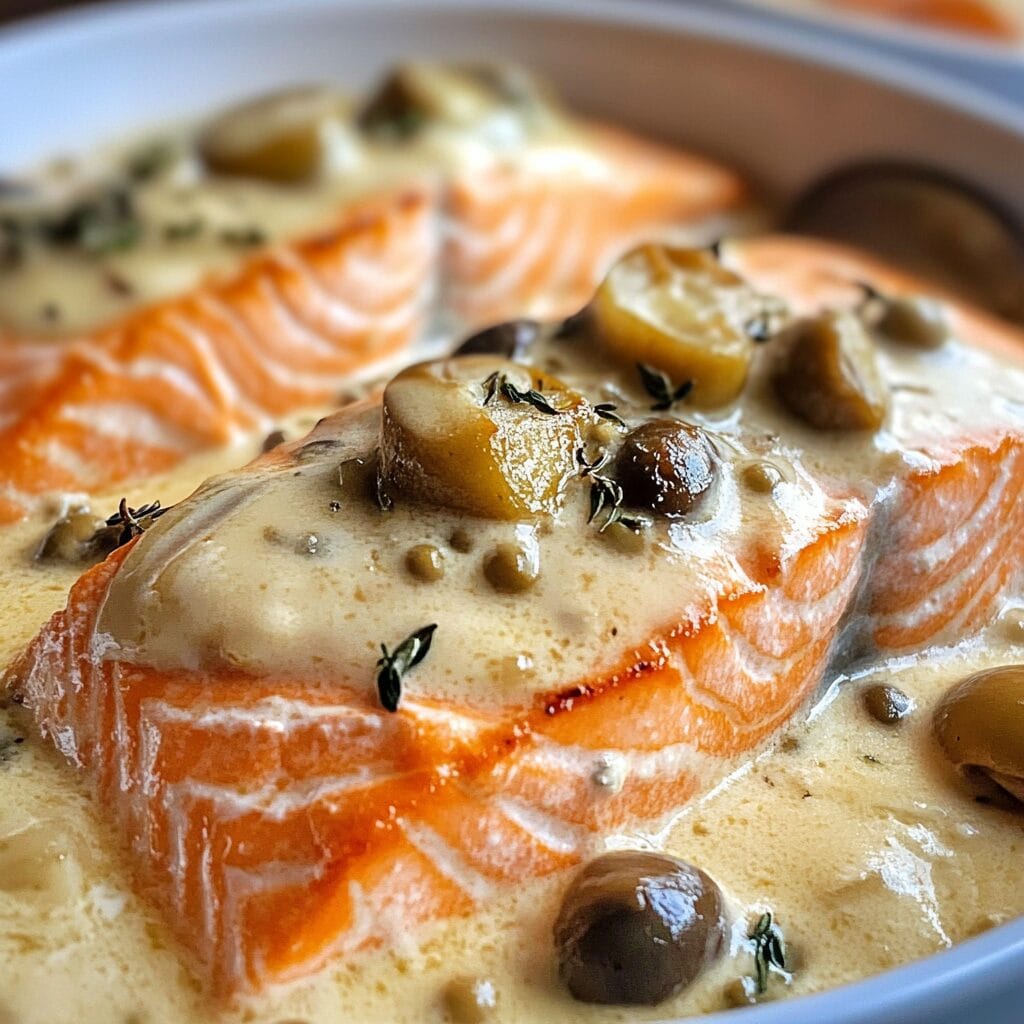
The Star of the Dish: Salmon
Essential Ingredients in Salmon Piccata
-
Capers: These tiny pickled flower buds add a tangy, salty flavor to the dish.
-
Garlic: Because everything is better with garlic, right?
-
White wine: This adds a rich, slightly sweet flavor to the sauce.
-
Lemon juice: A squeeze of fresh lemon juice adds brightness and acidity to the dish.
-
Butter and cream: These ingredients give the sauce its creamy texture and rich flavor.
The Sauce – A Crucial Component

The Role of Butter and Cream in Piccata Sauce
-
Melt butter in a pan over medium heat.
-
Add garlic and sauté until fragrant.
-
Add white wine and lemon juice, and simmer until the liquid is reduced.
-
Stir in heavy cream and bring the mixture to a simmer.
-
Reduce heat and let the sauce simmer until it thickens.
Serving Suggestions
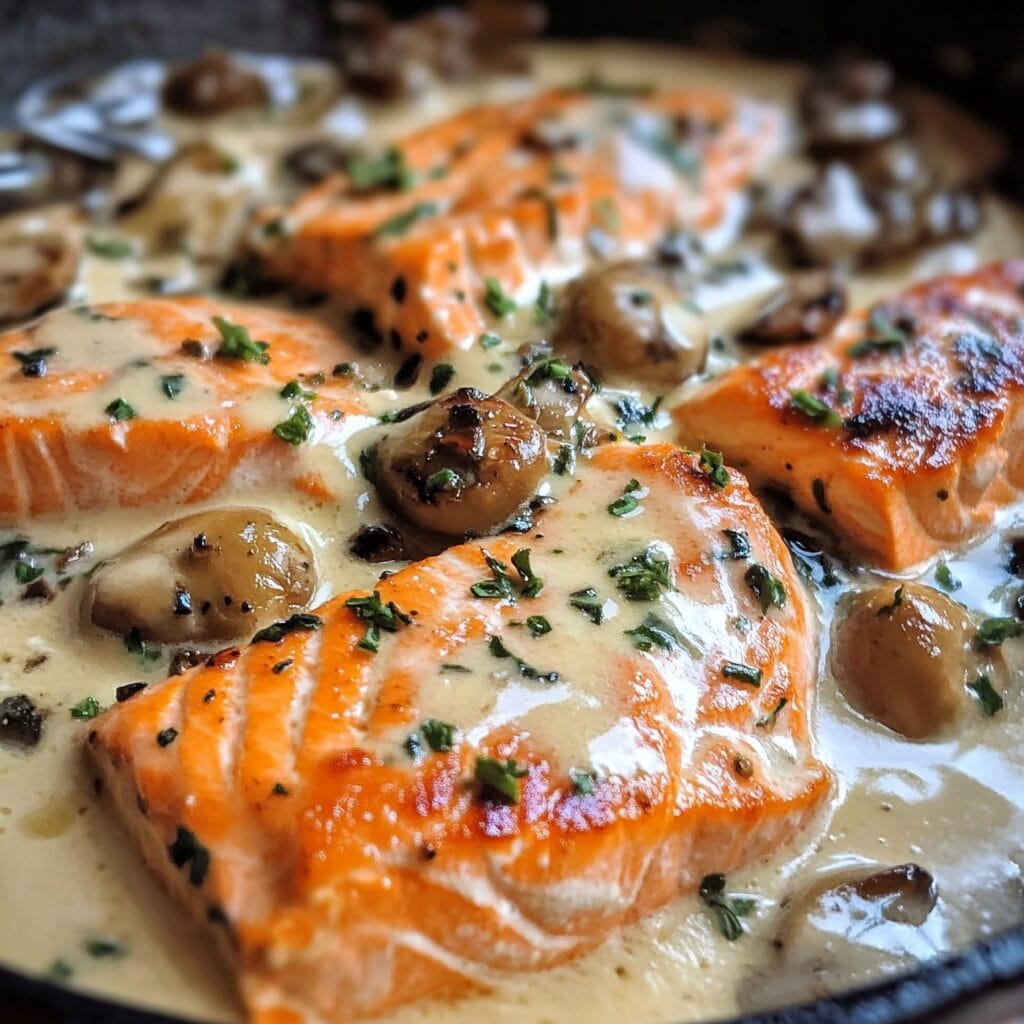
What Goes with Salmon Piccata?
-
Pasta: Fettuccine or linguine are great choices because they pair well with the creamy sauce.
-
Roasted vegetables: Roasted asparagus or Brussels sprouts add a nice contrast in texture and flavor.
-
Garlic mashed potatoes: These are a comforting side dish that pairs well with the savory flavors of the salmon.
How Do You Serve Piccata?
-
Garnish with fresh herbs: A sprinkle of parsley or thyme adds a pop of color and freshness.
-
Serve with a side of lemon: A slice of lemon on the side can add a nice touch of brightness to the dish.
-
Use a decorative plate: A nicely presented plate can make the dish look more appealing.
Part 5: Variations and Tips
Exploring Variations of Creamy Salmon Piccata
-
Add some spice: A pinch of red pepper flakes can add a nice kick to the dish.
-
Use different types of fish: You can also make piccata with chicken or veal for a change of pace.
-
Try different herbs: Fresh dill or basil can add a unique flavor to the dish.
Tips for Cooking Salmon Piccata
-
Don’t overcook the salmon: Cook the salmon until it’s just done, and then remove it from the heat.
-
Use high-quality ingredients: Fresh and high-quality ingredients will make a big difference in the flavor of the dish.
-
Don’t be afraid to experiment: Feel free to try new ingredients or variations to make the dish your own.
Can You Boil Ground Beef for Spaghetti?
While you can cook ground beef in liquid, boiling it like pasta isn't the best approach. Instead, brown the ground beef in a pan to create a rich, savory flavor that pairs perfectly with bowtie pasta. This method allows you to cook the ground beef evenly and prevents it from becoming tough or mushy.
What to Add to Ground Beef for Pasta?
To make your Bowtie Pasta with Ground Beef recipe even more delicious, try adding some aromatics like onion, garlic, or shallots to the ground beef as it cooks. You can also add some dried or fresh herbs like basil, oregano, or thyme to give the dish a boost of flavor.
Should You Drain Ground Beef for Pasta?
After browning the ground beef, it's a good idea to drain off any excess fat to prevent the dish from becoming too greasy. However, be sure to leave some of the juices and fat behind to keep the ground beef moist and flavorful.
How to Know When Bow Tie Pasta is Done?
The best way to check if your bowtie pasta is done is to use the bite test. Simply bite into a piece of pasta, and if it's still too crunchy or hard, it's not done yet. If it's mushy or soft, it's overcooked. Ideally, you want the pasta to be al dente, which means it should still have a bit of bite or chew.
How Do You Keep Bow Tie Pasta from Sticking Together?
To prevent your bowtie pasta from sticking together, try adding a tablespoon or two of olive oil to the cooking water. You can also stir the pasta frequently as it cooks to prevent it from sticking. After draining the pasta, toss it with a bit of olive oil or sauce to keep it moist and prevent sticking.

